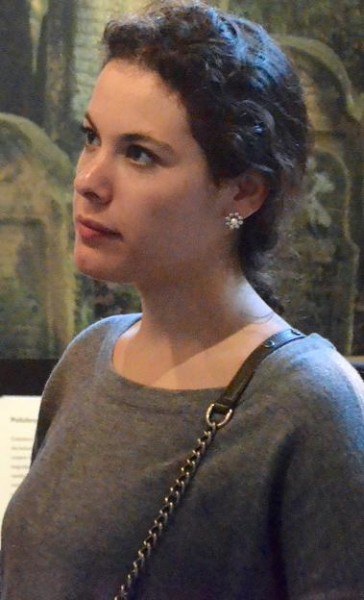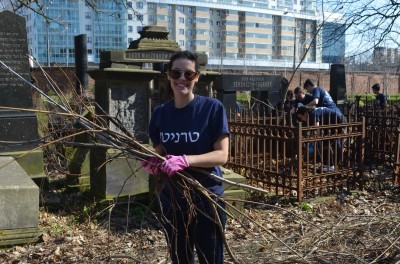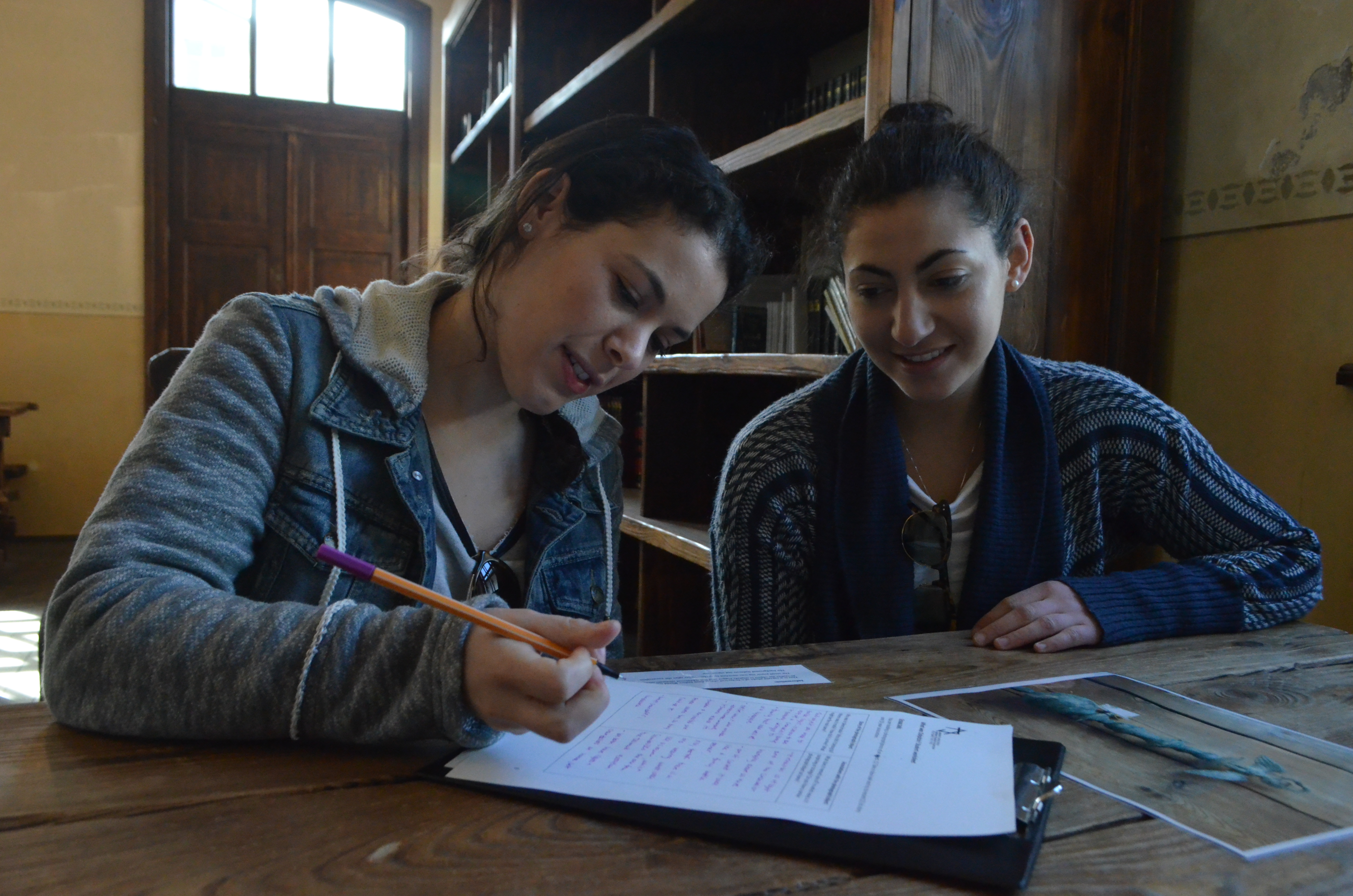
When I told people I was going to Poland for spring break, I received all sorts of responses: “Why are you going there? Isn’t it just concentration camps?” “Wouldn’t you rather be on a beach?” “I would never go to Poland after what they did to the Jews.”
To be honest, before I left it was hard to articulate quite why I was going. I was hesitant to forgo a beach trip with my best friends, yet after hearing about the Holocaust for so many years, I wanted to be able to connect with the atrocities on a deeper level. And this wasn’t just any trip, I was going with 11 other students, the esteemed Professor Samuel Kassow, and his wife, our beloved Hillel director Lisa. Professor Kassow is a walking encyclopedia of the Holocaust and Jewish studies, among other great distinctions. There was something inside telling me I couldn’t pass this up this opportunity, and like many matters in my life, I just went with what felt right.
I didn’t have any clear expectations. I decided to go in with an open outlook so I could fully experience every moment. Yet, as a young Jewish woman, the Holocaust has always filled me with a sense of grief; since Poland is where most of the senseless killings took place, I couldn’t help but associate it with death and sadness. Consequently, I was pleasantly surprised to hear the words “renewal” and “celebration” associated with Jewish life over and over throughout my week there.
My trip to Warsaw and Krakow exposed me to something I didn’t even know was occurring. In the past decade, Poland has been working at length to renew its Jewish communities, many of which were lost and never rebuilt after the Holocaust. Organizations like the Adam Mickiewicz Institute, which sponsored my own trip, have been fostering programs to renew Jewish life in a place that for many years has had so few Jews. In Warsaw on the site of the Warsaw Ghetto, The Museum of the History of Polish Jews is a testament to the Jews that thrived in Poland for the 1,000 years leading up to the Holocaust. It is truly an incredible place that has been over ten years in the making. It officially opens in October. Not only is the museum rich in content, but it is also abounding with beautiful architecture and design. At Auschwitz-Birkenau, there is an exhibit sponsored by Yad Vashem that just opened last year called “The Return to Life.” In the midst of barren bricks and the eerie aura of mass extermination, there is now a building influencing the renewal of life. The dead are remembered through an unfathomably vast list of names and various pictures and quotations, then those names are brought to life by bright white lights and interactive screens. These types of exhibitions are changing the conversation about Jewish life in Poland.
On a smaller scale, the celebration of Polish Jewish life is emerging through progressive Jewish Community Centers, youth groups, and a Jewish day school. Young Jewish communities are sprouting throughout Warsaw and Krakow and organizing Shabbat dinners, Purim parties, discussions, and more. Relationship building fosters all of these undertakings. Furthermore, over the past decade, schools and universities have added Jewish, Yiddish, and Hebrew Studies courses to their curriculum, further stimulating Jewish life in Poland. Many of the people involved with these endeavors are not even Jewish.
Many members of the American Jewish generation before me refuse to go to Poland. For some it’s because they have endured too many horrific accounts, for others it’s a refusal to support a country where millions of their people were killed, and still others just don’t want to travel to a place that evokes death and sadness. I understand these notions; it isn’t easy spending a week walking on top of grounds where thousands of my own people’s bodies are buried. Yet walking these paths has allowed me to understand my own feelings about the Holocaust on a deeper level and connect to Judaism in ways I could never have imagined before.

Walking with my own two feet on the dirt road at Auschwitz, where so many innocent Jews marched to their death over 70 years ago, evoked a sensation in me that cannot be replicated. After saying the Mourner’s Kaddish and listening to poetic words behind the gas chambers and barracks of Birkenau, I felt a wave of tears hit me. The wet sobs were a build-up of five days of emotions, coming to a halt right there on the very soil where my people perished. For a few moments, I stood in front of the barbed wire staring at the rubble that once was a gas chamber, just letting the tears saturate my eyes and my cheeks. And like that, a few minutes later they stopped and I was walking the path once again back to the bus. Now I had a new feeling—one of hope. In those steps, I realized my fortune—my Jewish predecessors didn’t have the opportunity to walk back. I also realized something else: the sun was out. Every other day of our trip had been rainy, cold and damp, but that day, it was sunny and warm, the first signs of spring. To me, the sun came out that Thursday to instill hope, illustrating that with all of the death the Jewish people have had to endure, there is still renewal. Life exists again, even in Poland.
Reflecting upon the experience now, I have come to believe that we must look to the past and remember, but when we integrate it into the future, we should do so with optimism. As a member of a new generation and a witness to the changing culture of Jewish life in Poland, I promise myself to carry on our story for generations to come, and I encourage others to engage with the Jewish past, present and future.
Sophie Katzman is a student at Trinity College.

